|
This blog series is adapted from a section of an online workshop I conducted for Writers & Books in March 2020. The SituationDeciding a character’s alignment helps determine how’d they’d act during their adventures. I find it helpful to think about how each alignment would behave in the same circumstances because it highlights the differences between each alignment. Here’s the scene: A character is in a market and encounters a thief who has stolen from them in a previous incident. The thief doesn’t see the character yet, so they have time to react. How will they act? A lawful good character would call the authorities and explain the situation, sure the police would handle the thief. He has a set of principles in line with the laws of his society, and he expects most people to follow these ideals as well. The exception would be if he lived in an evil society where the laws are unjust. In that case, the lawful good character would follow the dogma of his religion or established philosophical principles. Defining Lawful Good Characters Lawful good characters are all about faith, faith in the law, their principles, and faith in humanity. There are several types and sub-types of lawful good characters, including the “knight in shining armor” and the hand-wringing types. The “shining armor” sub-type is a classic hero who believes in upholding all that is just and right, often at the expense of their personal safety. These characters seek out professions that allow them to embody gallantry, i.e., knights, paladins, superheroes, soldiers, and law enforcement. Not all lawful good characters are about heroics. The hand-wringing type just wants to be good and urges everyone else to follow the rules as well. Hand-wringers get upset when they break unfair rules, but their goodness wins out over perceived lawfulness, eventually. All types of lawful good characters are aligned with what is best for the greater good of society, within the framework of their chosen belief system. And, they will always have a chosen, defined faith, whether it’s linked to a country, religion, philosophy, or organization. Lawful Good Character ExamplesSuperman is the “shining armor” type to a tee. He’s a Boy Scout on steroids. Mr. Kent wants to help everyone and uphold the law. He wants you to upload the law too… or else. Hermione Granger from the Harry Potter books is the hand-wringing sub-type of lawful good, at least at the start of the series. She’s learned all the rules and expectations of the wizarding world and expects they’ll be followed. Mr. Spock from Star Trek is bound to his Vulcan upbringing and the laws of logic. Spock applies his logical framework to all situations regardless of the surrounding rules and social norms. He’s a great example of a lawful good character with a portable philosophy. Next week I’m discussing chaotic good characters. In the meantime, live long and prosper. Other Blogs in this Series:
1 Comment
This blog series is adapted from a section of an online workshop I conducted for Writers & Books in March 2020. What is Character Alignment?Character alignment is one of the character metrics in the tabletop role-playing game Dungeons and Dragons. Stop rolling your eyes, hear me out. First, a quick rundown of D&D. In the game, you create a character, and then the Dungeon Master creates a scenario for a player’s character to run through. Some of the steps in creating a Dungeons and Dragon character can help craft literary sci-fi and fantasy characters. For example, “character alignment” helps determine how a character might act as they navigate the Dungeon Master’s narrative. Assigning this same metric to a literary character can help assess their actions withing a story’s narrative. Two facets combine to make a character’s alignment: how the character interacts with authority and society, and the character’s morality. As far as societal interaction, the character can either be lawful, chaotic, or neutral. For virtue, characters can be good, evil, or neutral. These two facets combine to make nine alignments: lawful good, lawful neutral, lawful evil, chaotic good, chaotic neutral, chaotic evil, neutral good, neutral evil, and true neutral. Alignment Memes There are a ton of charts online dividing characters from popular movies, T.V. shows, and books up into their character alignments. This one features the characters from Game of Thrones, which gives you an idea of what type of characters fall into which category. Here’s a Doctor Who meme along these same lines: The SituationThroughout this blog series, I plan to explore what these alignments mean to literary character creation and development. I’m going to discuss traits linked to them, but, more importantly, I’m going to explain how each of these character alignments might act in a given situation. That’s the most critical aspect of this type of classification, it helps you figure out how a character will adventure. So, here’s the situation I’m going to discuss, alongside the nine alignments: a character is in a market and encounters a thief who has stolen from them in a previous incident. The thief doesn’t see the character yet, so they have time to react. How will they act? – Each alignment approaches this situation in a very different way. Next week, I’ll tackle the first alignment, Lawful Good.Other Blogs in this Series:
This week I announced my newest book on my social media platforms. Tripping the Multiverse will be launched on January 21st, 2021, published by Black Rose Writing, the same house that published Forever People. While 1/21/21 is a cool, palindromic date, it seems quite far away. But, it’s only nine months, and I have a lot of events planned for the book, including a cover reveal, a Goodreads Giveaway, and a book tour. Make sure to sign up for my monthly newsletter so you can keep up with all the developments. I’m excited about Tripping the Multiverse for a ton of reasons. It’s the first in my Jade & Antigone series, which follows the adventures of a pair of science journalists who turned into reluctant heroes. It’s a lighthearted exploration of other worlds and alternate realities. Synopsis After attending a disastrous wormhole experiment at the mysterious Orion Center, rival science journalists, shy and brilliant Jade, and saucy Antigone gain unstable superpowers. This unlikely pair must learn to work together as they jump from dimension to dimension in search of a rogue scientist in a race against the clock to fix their broken home-world CharactersJade lives with her parents and sister, who is a locally well-known actress. Jade overcame her extreme shyness to secure her dream job as a science journalist. Jade’s freelance journalist gig doesn’t pay enough for her to leave home or the shadow of her younger sister. The failed experiment at the Orion Center gave Jade something she’s always secretly wanted– the ability to disappear into someone, or something, else. Antigone, who would be known to her friends as Anti, if she had any, landed her job at the science journal through a series of tragic missteps. She flunked out of med school, and her father had to pull a few strings to secure her a job. Anti would rather be eating take-out while reading Bukowski or watching her favorite T.V. show, Boat Murdered. Unfortunately, the accident at the Orion Center shifted her into an alternate dimension where Boat Murdered never existed, so Anti must use her newly acquired extra-dimensional sentience to find her way home. Other charters include Dr. Gustavo Osborne, an enterprising internet celebrity who investigates otherworldly phenomena along with his peppy Maltese dog, Eliot. And Harriet, the Orion Center’s eccentric and demanding research director. I’m planning on writing a new blog series of nine blogs on character creation starting next week, but after that, I’ll write another Tripping the Multiverse teaser. The next one will feature some of the surreal worlds of Tripping the Multiverse.
This post is written in anticipation of my upcoming takeover of Facebook’s Fantasy and Science-Fiction Readers lounge today (5/1) from 2-4pm est. World-burning, mayhem- causing villains can be fun, but the best antagonists are the ones who are multifaceted. My favorite antagonists are the ones who have understandable motives and sympathetic plights. There are also villains you love to hate, perhaps because they get away with it, or maybe because they’re only villains to one group of people and heroes to everyone else. Great antagonists and villains live in gray areas where the readers decide right and wrong for themselves. Here are some of my favorite villains and antagonists from literature and why I love them: Javert from Les Misérables by Victor Hugo 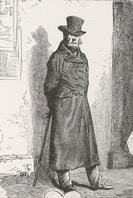 Javert holds the reasonable belief that the law must be followed. Javert came by his hatred for rule-breaking honestly, having been born in prison to criminal parents. His rigid legalism puts him at odds with the protagonist Jean Valjean, who breaks the law out of desperation. When Javert discovers that Valjean is both a criminal and a virtuous person, he is unable to reconcile his cognitive dissonance. Javert is the epitome of a sympathetic villain. There’s not much to like about him, and pursuit of Valjean is frustrating, but it’s easy to understand his point of view. The Comedian from Watchmen by Alan MooreOn the other end of the spectrum from the overly responsible Javert is the vile, abusive Comedian (Edward Blake). The Comedian’s murder is the graphic novel’s inciting incident, and the more I read about him, the more I was tempted to say “good riddance.” But, he’s a “Captain America” flavored hero to most of the world. His public heroics are undeniable, and his horrors are hidden to everyone but those who know him best. In a story full of villains, this caustic lowlife stands out. Long John Silver from Treasure Island by Robert Louis Stevenson 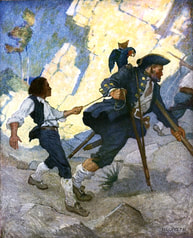 Is there any villain more heinous than the betrayer? Long John Silver looks like a miscreant, with his missing leg and a squawking parrot perched on his shoulder. But, his seemingly kind nature and lowly position as the ship’s cook puts Jim the cabin boy at ease, until Silver orchestrates a mutiny and turns on Jim in a shocking display of treachery. The most villainous aspect of Silver is his capacity to be a good person, as he demonstrates with Jim before the mutiny. He doesn’t have to be malicious. Silver could be a light-hearted “gentleman of fortune;” instead, he’s a black-hearted pirate. Bartleby from “Bartleby the Scrivener” by Herman MelvilleBartleby’s catchphrase “I prefer not to” may be the most infuriating line in all of literature. The short story’s unnamed protagonist hires Bartleby as a scrivener for his law office, on the glowing recommendation from a colleague. The suggestion was a trick to get Bartleby off his hands as the scrivener “prefers not to” do any work, with no explanation for his disinclination. Bartleby is a blank slate sort of antagonist because I can see myself in his shoes. Who hasn’t “preferred not to” at some point during their career? Maybe Bartleby is burnt out, or tired of being exploited. Or, perhaps he’s never done any work and found a villainous way to shirk his way through life. Great antagonists can be so much more than mustache twirlers with a plan for world domination. They can be just as exciting and compelling as the protagonists. You may even find yourself rooting for them, you scoundrel. Who are some of your favorite antagonists?
|
Alison Lyke
Categories
All
Archives
November 2022
|
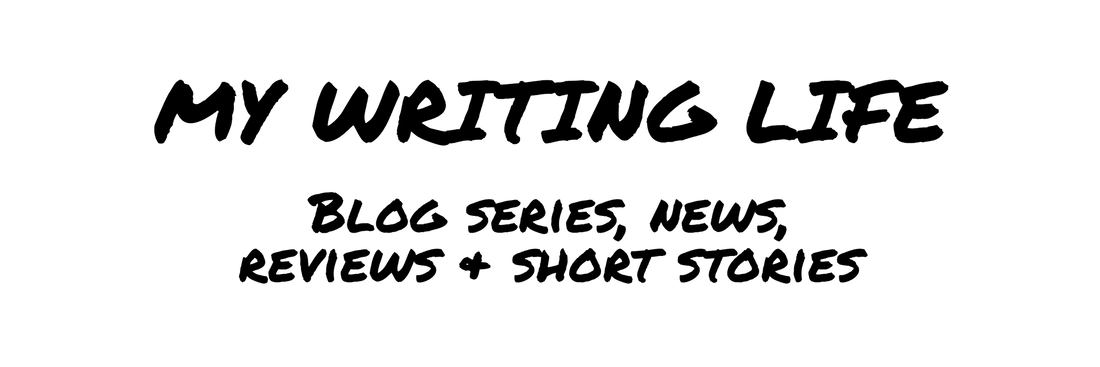
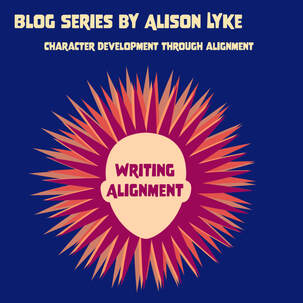
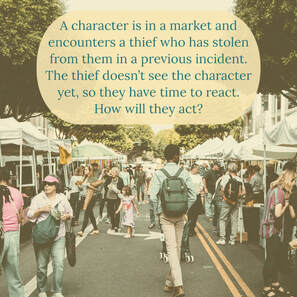
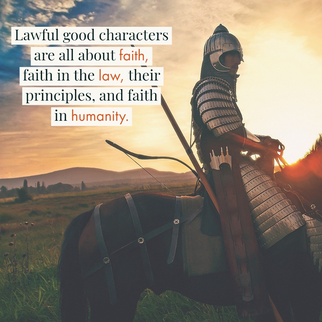
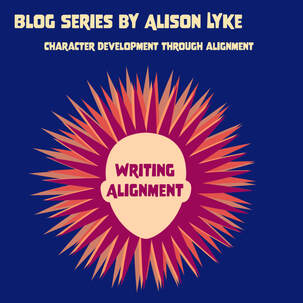
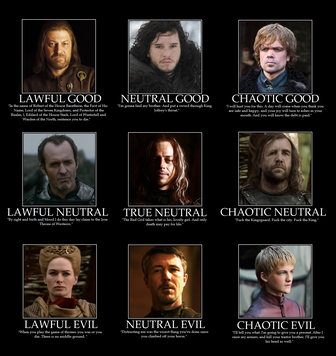
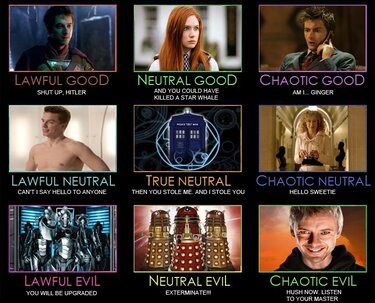
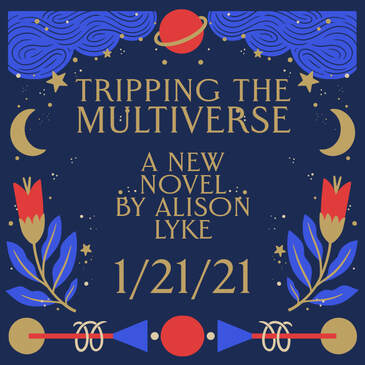
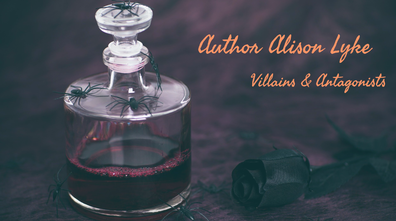
 RSS Feed
RSS Feed
